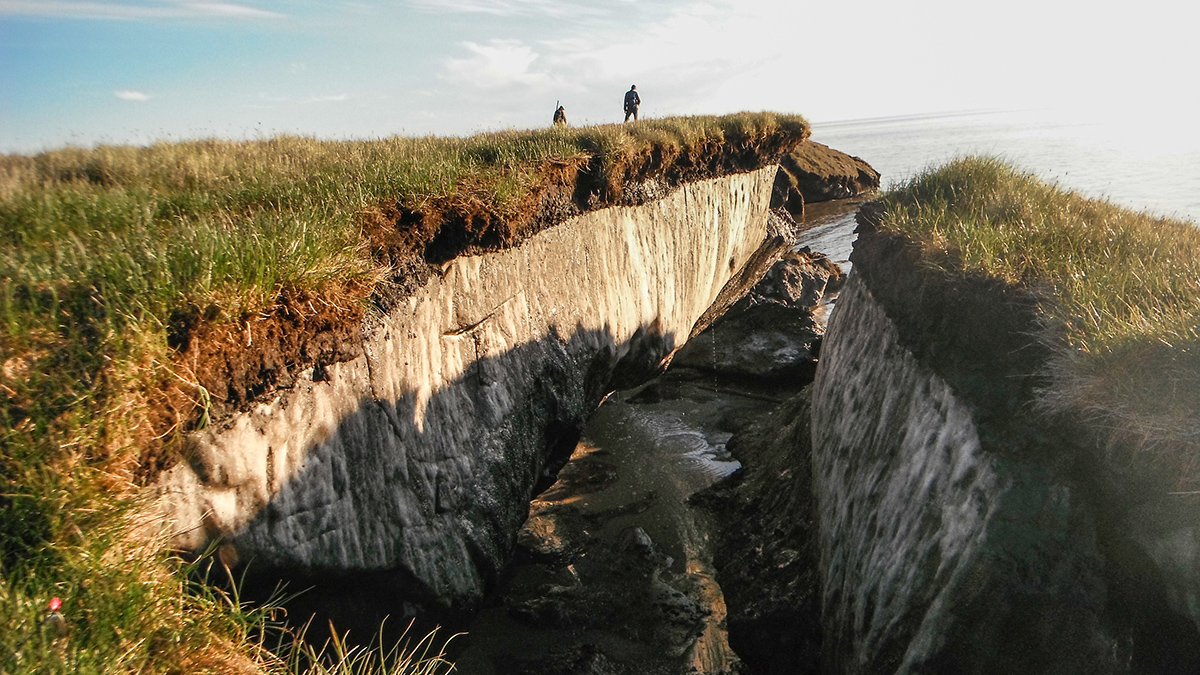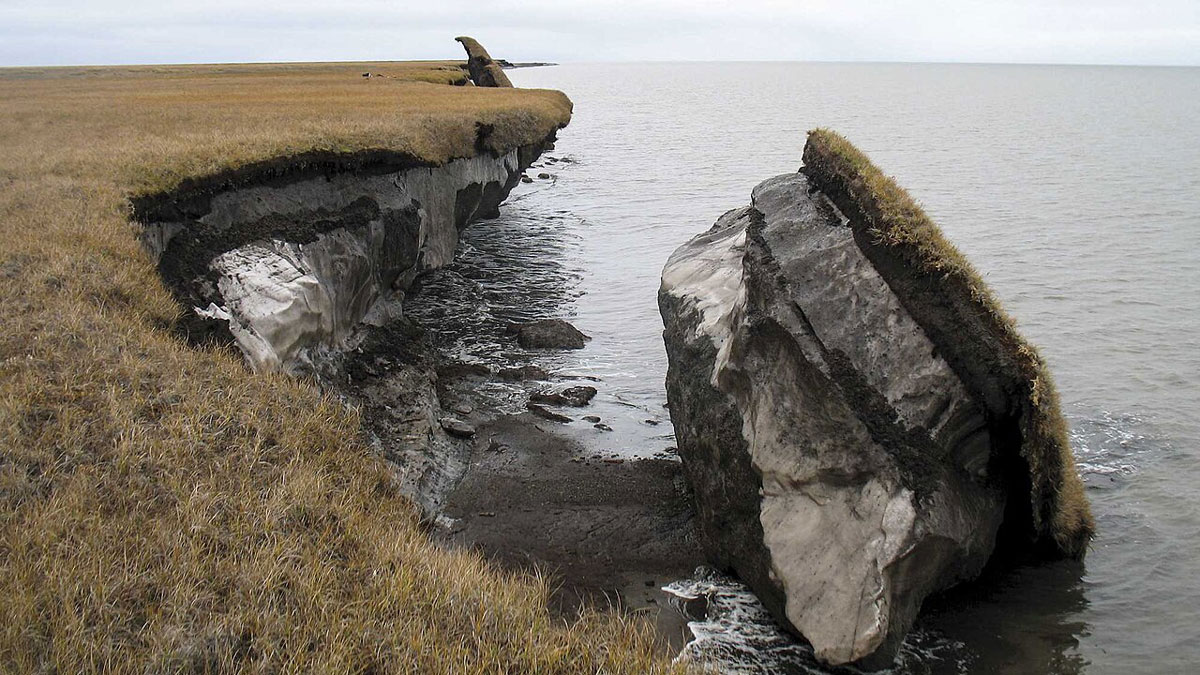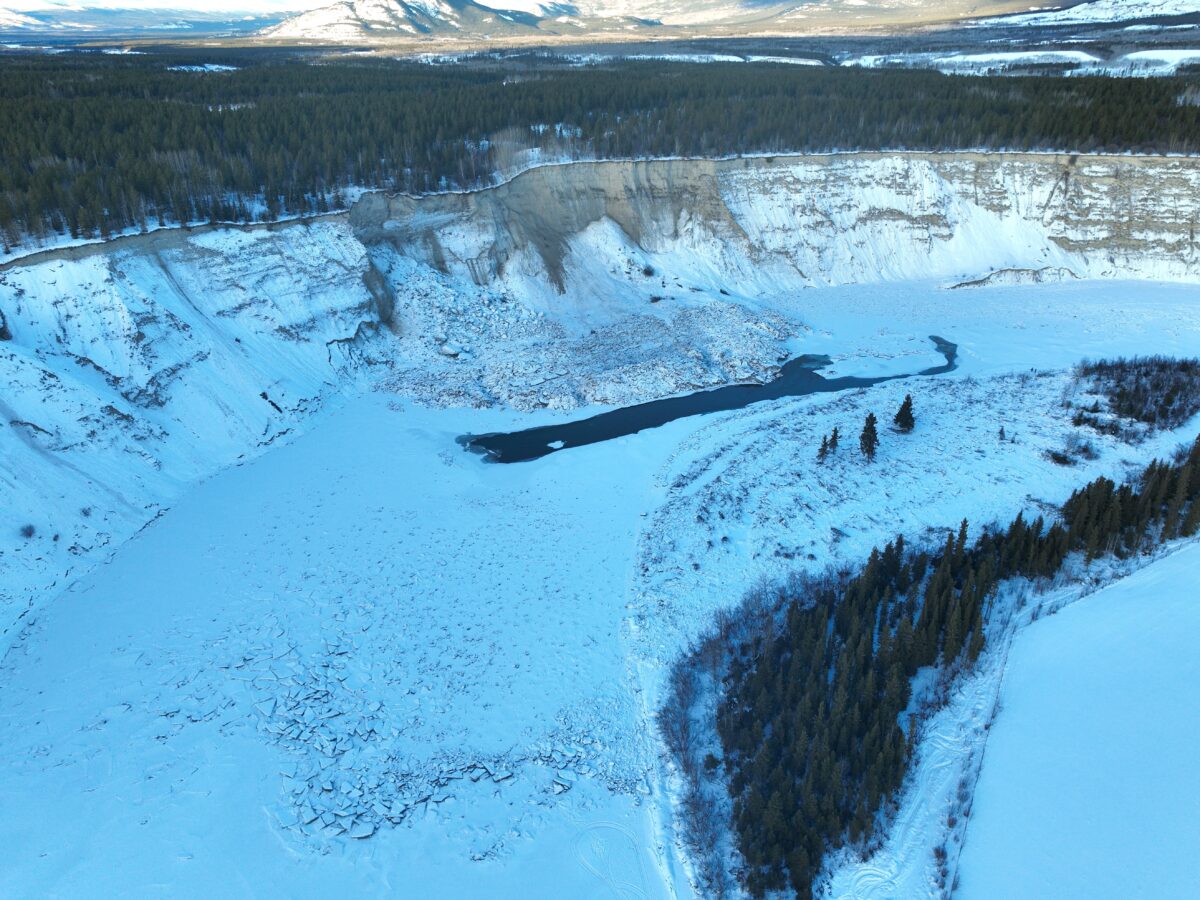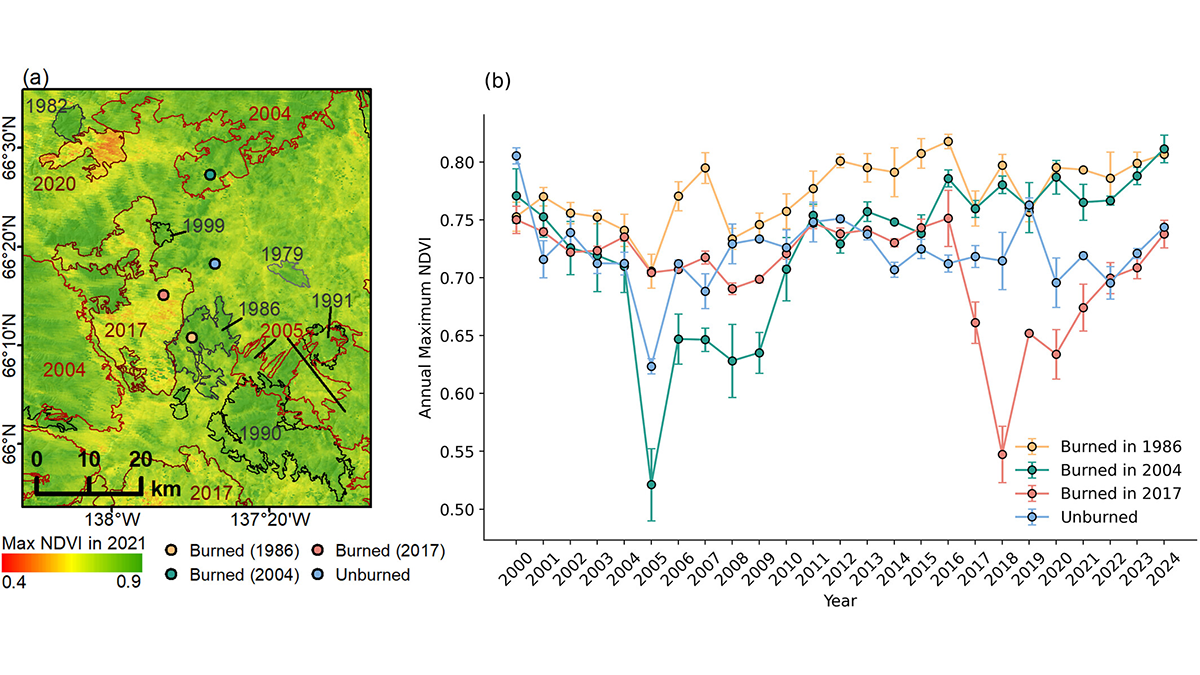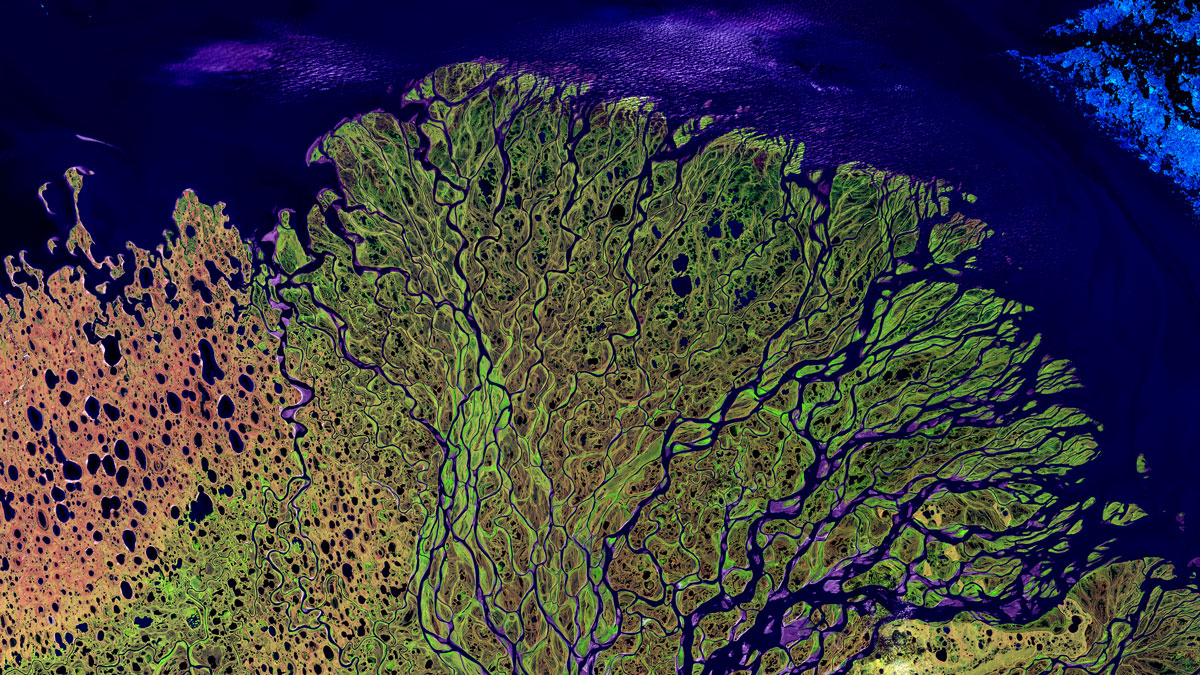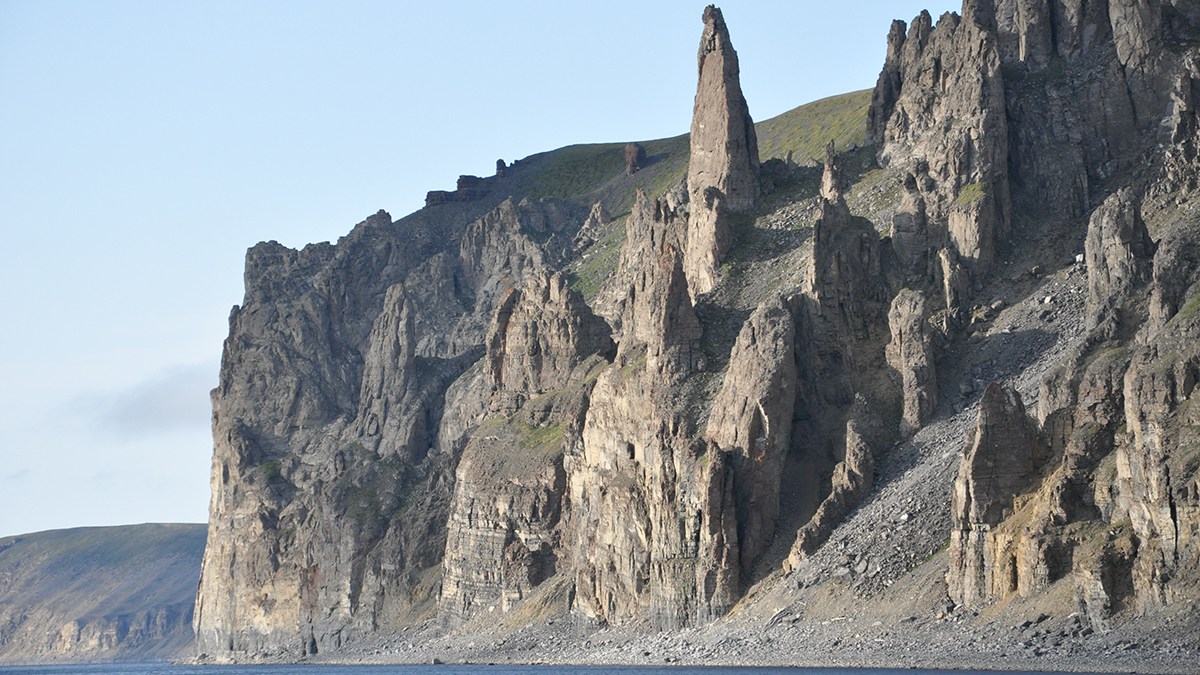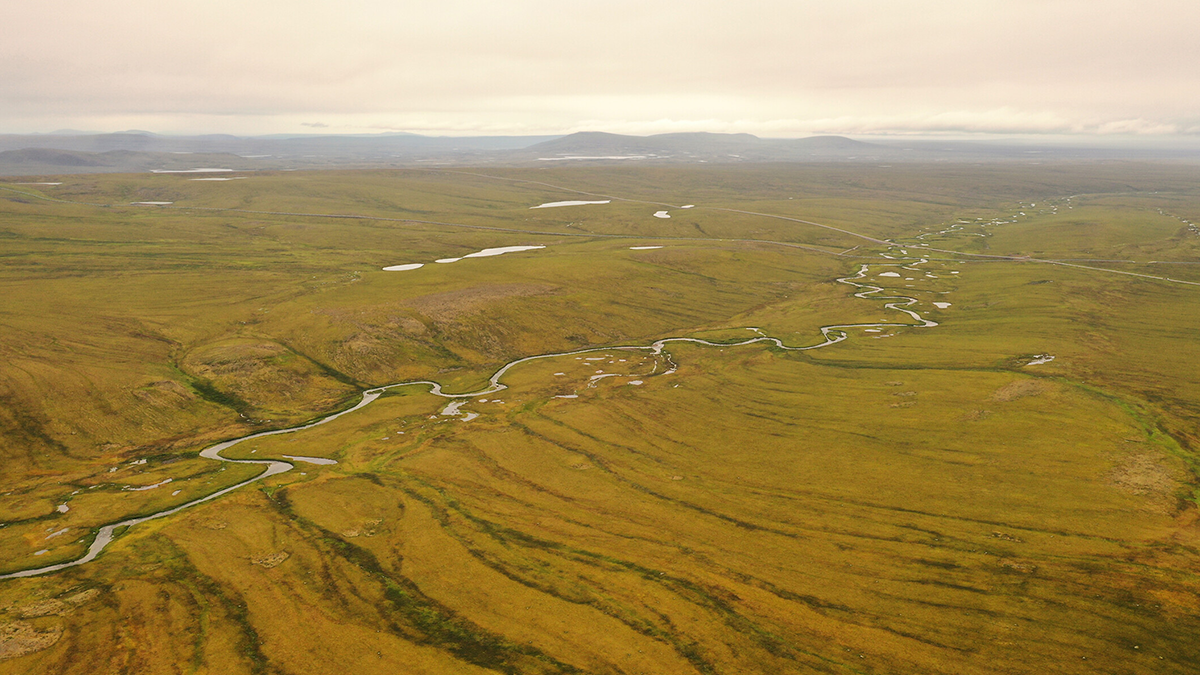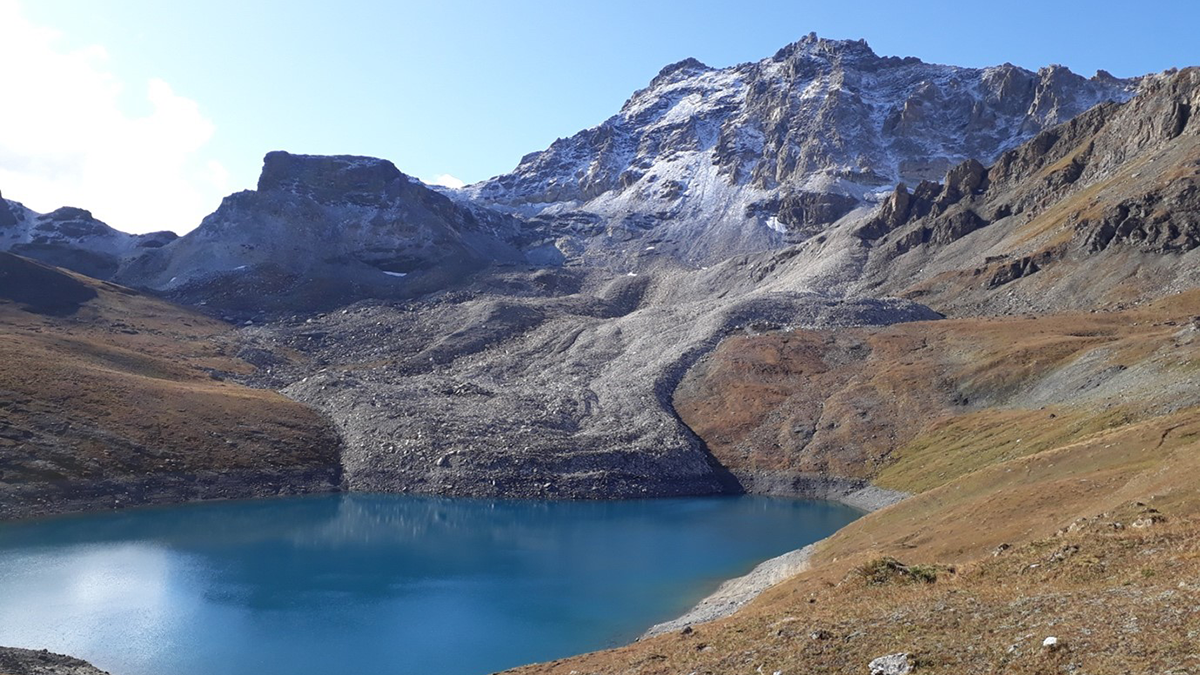The new methodology gave researchers valuable insights into why Arctic shorelines are crumbling.
permafrost
In Arctic Soils, Methane-Eating Microbes Just Might Win Out over Methane Makers
Methanotrophs, including those that capture methane from the air, seem to outcompete methanogens in dry environments, a new study shows.
The 17 December 2024 Takhini River landslide and river-ice tsunami, Whitehorse, Yukon, Canada
A major slope collapse in frozen sediments in Canada highlights the role of progressive failure. Back in January of this year, I posted fascinating a piece by Derek Cronmiller of the Yukon Geological Survey about the 17 December 2024 Takhini River landslide and river-ice tsunami, which occurred in Whitehorse, Yukon, Canada. The location of this […]
Radar Surveys Reveal Permafrost Recovery After Wildfires
Boreal-permafrost systems are still resilient against wildfires, but continuous and long-term monitoring is needed to control the impact of climate change.
Arctic Rivers Trade Inorganic Nitrogen for Organic
Climate change is shifting the makeup of a key nutrient in rivers across Russia, Alaska, and Canada, with the potential for ecosystem-wide impacts.
Cave Deposits Reveal a Permafrost-Free Arctic
Mineral cave deposits from northern Siberia show that the region was permafrost free during the late Miocene period, when Earth was warmer than today.
Water Tracks: The Veins of Thawing Landscapes
Tracing and tracking change in permafrost flowpaths could reveal the dynamics of warming poles.
Rock Glacier Velocity: Monitoring Permafrost Amid Climate Change
The movement of unique landforms called “rock glaciers” give insight into how climate change is impacting permafrost in mountainous regions.
Beyond Up and Down: How Arctic Ponds Stir Sideways
Contrary to common assumptions, Arctic ponds mix in more than one direction. A new study finds that nighttime sideways flows, not vertical mixing, renew bottom waters.
Los lagos y estanques de Alaska revelan los efectos del derretimiento del permafrost
Un nuevo conjunto de datos proporciona un método poderoso para rastrear fácilmente los cambios en el permafrost.

